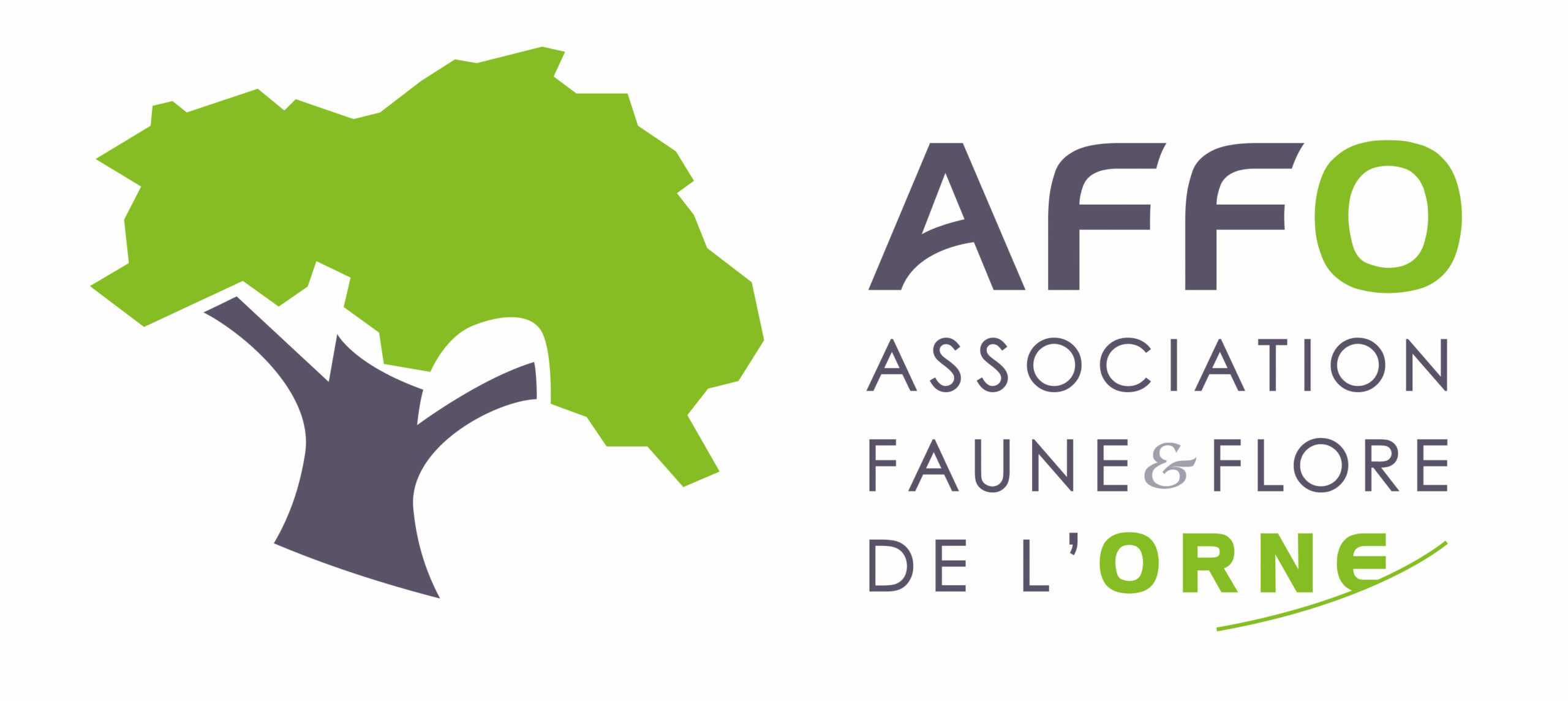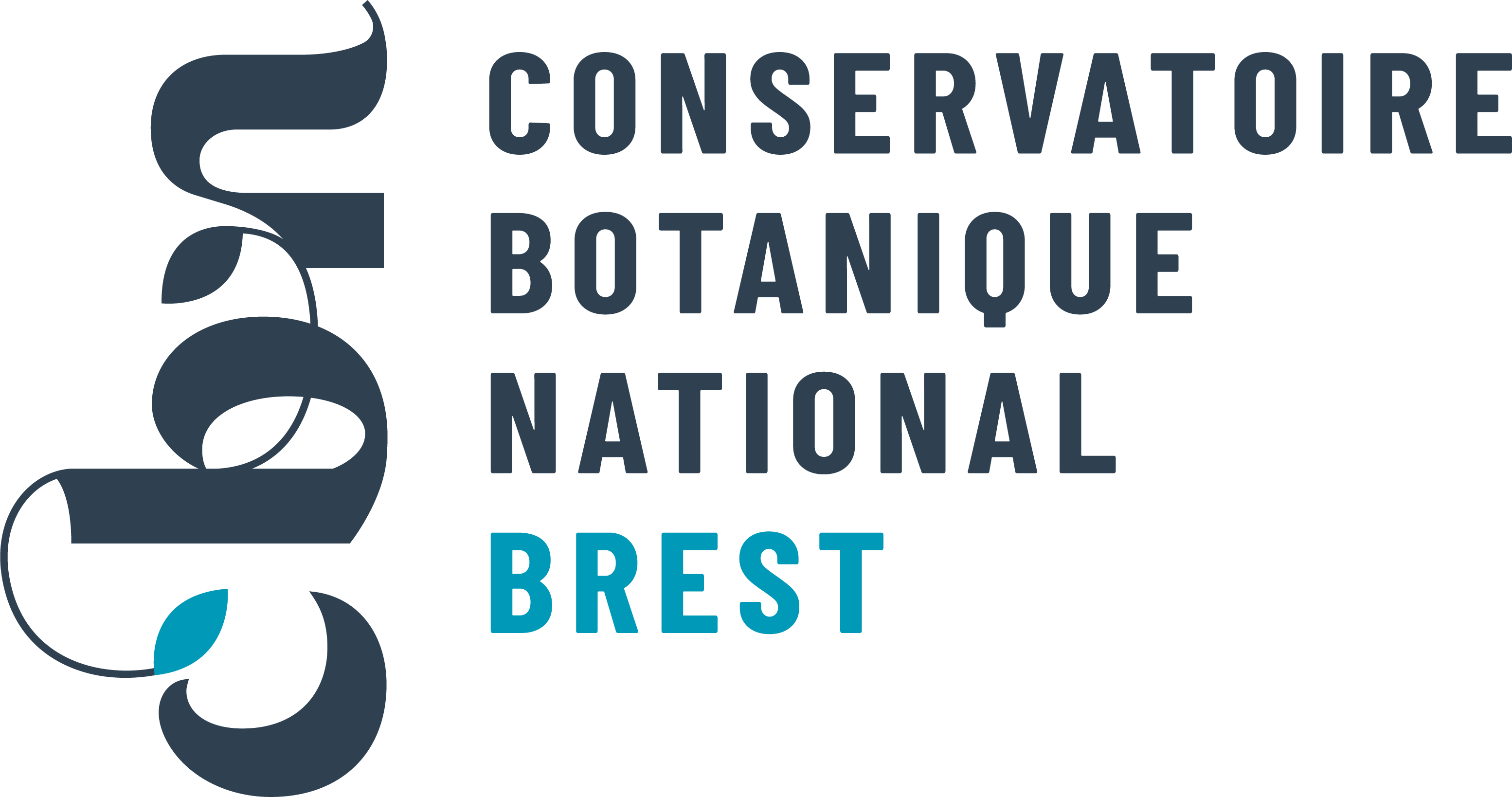Kickxie bâtarde
Kickxia spuria (L.) Dumort., 1827
Où cette espèce a-t-elle été observée ?
 Attention : cette espèce peut être présente où il n’y a pas de maille, mais à ce jour elle n’y a pas encore été observée.
Attention : cette espèce peut être présente où il n’y a pas de maille, mais à ce jour elle n’y a pas encore été observée.
- 59 observations
-
38
communes -
17
observateurs
6
organismes -
Première observation
1910 -
Dernière observation
2025
Arcisses - Argenvilliers - Authon-du-Perche - Bazoches-sur-Hoëne - Belforêt-en-Perche - Berd'huis - Ceton - Comblot - Corbon - Coudray-au-Perche - Coulimer - Frazé - Igé - La Mesnière - Les Aspres - L'Hôme-Chamondot - Loisail - Montgaudry - Mortagne-au-Perche - Nogent-le-Rotrou - Perche en Nocé - Pervenchères - Rémalard en Perche - Sablons sur Huisne - Saint-Aquilin-de-Corbion - Saint-Bomer - Saint-Cyr-la-Rosière - Saint-Germain-de-la-Coudre - Saint-Hilaire-le-Châtel - Saint-Jean-Pierre-Fixte - Saint-Langis-lès-Mortagne - Saint-Martin-du-Vieux-Bellême - Saint-Ouen-de-Sécherouvre - Saint-Pierre-la-Bruyère - Souancé-au-Perche - Trizay-Coutretot-Saint-Serge - Val-au-Perche - Vichères
-
Association Faune & Flore de l'Orne (AFFO)
Participation à 35 Observations
Part d'aide à la prospection : 59.32 %
Fiche organisme
-
Conservatoire Botanique National de Brest (CBNB)
Participation à 23 Observations
Part d'aide à la prospection : 38.98 %
Fiche organisme
-
PNR et géoparc mondial UNESCO Normandie-Maine
Participation à 23 Observations
Part d'aide à la prospection : 38.98 %
Fiche organisme
-
Conservatoire botanique national du Bassin parisien (CBNBP)
Participation à 15 Observations
Part d'aide à la prospection : 25.42 %
Fiche organisme
-
Institut floristique franco-belge (IFFB)
Participation à 3 Observations
Part d'aide à la prospection : 5.08 %
Fiche organisme
Informations espèce
Répartition actuelle en France métropolitaine
© INPN - Avertissement : les données visualisables reflètent l'état d'avancement des connaissances et/ou la disponibilité des données existantes au niveau national : elles ne peuvent en aucun cas être considérées comme exhaustives.
Répartition actuelle dans le monde
Avertissement : les données visualisables reflètent l'état d'avancement des connaissances et/ou la disponibilité des données existantes au niveau mondial : elles ne peuvent en aucun cas être considérées comme exhaustives.











